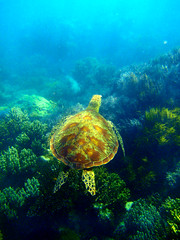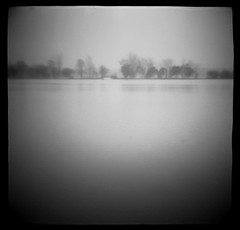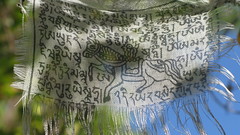 |
| www.UtahRedRocks.com Photography |
On the Monday after the Grand Canyon, I woke up in Moab, Utah. It still took a great deal of effort to walk through my stiff legs... I felt like a pirate with two wooden pegs. Even hitting the gas and brake pedals in the car took uncomfortable effort. But I pushed myself through the wall, grabbing yogurt, a banana, and a mug of coffee from the hotel breakfast, and then driving into Arches National Park.
Lindsay and I camped in the same red rock desert over three years ago, and enjoyed several walks to see the magnificent arches. Delicate Arch has remained etched in my mind as a favorite vista. So when the park ranger handed me the map at the entrance, I immediately found the trailhead and headed straight there.
The mile and a half trail up to the best vista of Delicate Arch gains a decent amount of elevation, travels across a small stretch of desert, and most significantly, it heads up and over some beautiful red rock. It was the perfect path to stretch my legs, breath in the refreshing desert air, and feel alive.
Having just completed the greatest running adventure of my life, I felt somewhat arrogant striding briskly up this trail and passing several other tourists. Many carried full packs with water and supplies, probably taking most of the morning to complete the hike. I breezed by, wearing only my running shorts and shoes, and questioning the exhiliration I felt from the whole experience. How could I be so fortunate to be here, running free?
Delicate Arch appears quite suddenly after ascending a narrow portion of the path that's carved right out of the rock. There's a slice of profound solitude at that vista as you catch your breath and become aware of what you are standing in front of: an incredibly subtle geologic movement, representative of the cosmic improbability that has allowed for any such beauty, that has even allowed for our existence. I stop questioning my fortune for being able to run so free, and I instead sit down and soak in the view, thankful for my metamorphoses into a runner, thankful for this most delicate of all moments. I am indeed, recovered.















































